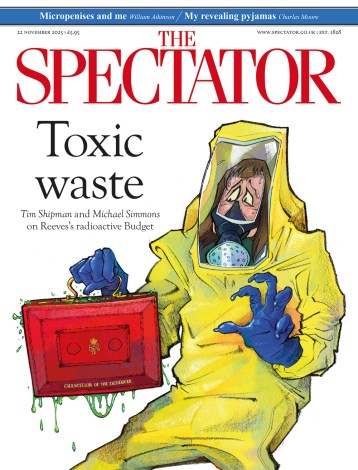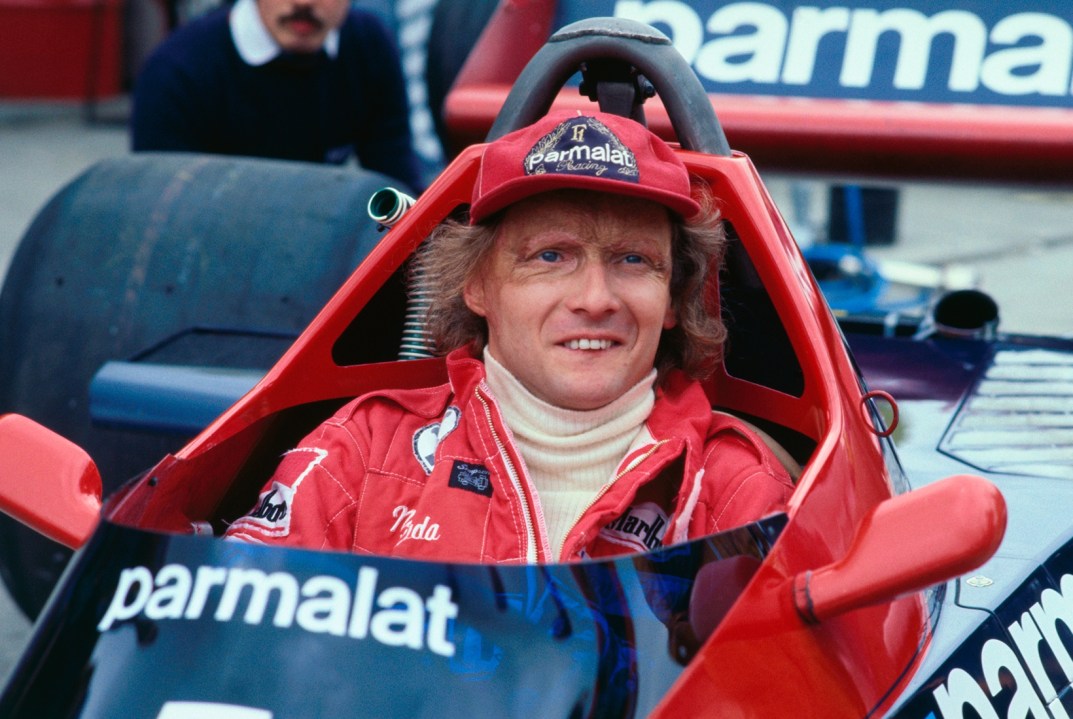Formula One motor racing is the perennial, worldwide contest that most reliably gratifies hero-worshipping, power-worshipping, money-worshipping, technology-worshipping ghouls, and some others. The ghoulishness may be subconscious but it certainly seems to excite many spectators at every Grand Prix track, especially in foul weather, as drivers approach sharp turns flat out. If you heard of a Charles Addams figure standing in the rain on a verge of the M25, thrilled by the possibility of witnessing a devastating crash, you might consider him (or her) to be quite weird; but anyway, Formula One is universally popular, extensively televised and reported on asa respectable sport.
Maurice Hamilton is a veteran enthusiastic and loyal chronicler of Formula One — or F1 as it is called. He has attended more than 500 Grands Prix races, published more than 30 books on the subject and covered it for several London papers and BBC Radio 5. Now he presents F1’s complexities of heroics and commercialism through the biography of one of its first-magnitude stars. Niki Lauda, an Austrian, who died peacefully in his bed in May last year at the age of 70, won 25 Grand Prix, three F1 World Championships and a lot of money, and once very nearly killed himself in a spectacular racing accident.
Jackie Stewart called Lauda’s comeback ‘the most courageous thing I have ever witnessed in sport’
Thanks to Hamilton’s friendship with all sorts of experts involved in F1 at high level, including Lauda himself, whom he knew well personally from the beginning of the legendary driver’s career, the author has been able to get a lot of his work done for him. The book consists largely of long statements about Lauda transcribed from interviews, historic and recent.
This unusual method may tempt future biographers to follow suit, easing their task by leaving a significant proportion of interpretation and synthesis to the reader. Hamilton’s distinguished contributors provide an informative, entertaining and sometimes eulogistic composite portrait of their fellow competitor, their idol, their pal. According to these close observers, he was a brave, determined pragmatist who could objectively diagnose professional problems and offer rational solutions. Max Mosley, an influential F1 director, summed up insiders’ appraisal of Lauda’s character in typically robust motor sport style: Niki was ‘the ultimate “no bullshit” person’.
Lauda was also an excellent pilot and an astute entrepreneur, who founded an airline, Lauda Air, which prospered in spite of the loss of a Boeing aircraft with its passengers and crew, a mishap that could not be blamed on any human error. Lauda’s beautiful wife, Marlene, whose family lived in Ibiza, which became his second home after Salzburg, told the BBC that the life of a racing driver’s wife was both ‘exciting and boring’. She sometimes accompanied her husband to Grands Prix; sometimes she didn’t. How did athletic young millionaire drivers on their own unwind after a race? How did they get wound up again? Squirting champagne at each other could not have been enough. Lauda said they usually visited nightclubs, often staying in them until after dawn. How did those nightclub hostesses compare with the groupies of rock ’n’ roll road trips? Hamilton discreetly withholds information of that kind.
Lauda found the risks of racing at high speeds exhilarating. There is nothing like adrenalin. By far the most gripping episode in the book is his crash in the 1976 German Grand Prix, on the infamous Nurburgring circuit. Before the race he had denounced ‘the Ring’ as unacceptably dangerous, and after the race there was general acknowledgement that he was right. Hamilton’s narrative masterfully sets the scene, establishes the cast and describes the action, accumulating picturesque and terrible details of great drama.
The story builds up from the moment Lauda’s Ferrari spins out of control (something wrong with the car’s suspension? Brakes? Gearbox? Lauda? Nobody knows) and a fellow driver stops and hauls him from the flaming wreckage, to the hospital and all the gruesome medical problems (a pump extracting toxic fluid from his lungs was very painful, while surgeons patched up burns to his face and scalp and did what they could to compensate for the loss of his right ear, to a priest strangely uncommunicatively administering the last rites, to resurrection in days of intensive physical therapy and Marlene’s hand-holding, to his declaration: ‘Death does not interest me’).
He compelled Enzo Ferrari, the company’s dictatorial ‘Old Man’, to honour their contract, permitting Lauda, though still grotesquely wounded, only 38 days after the accident to return to his team. Six days after that he started in the Italian Grand Prix at Monza and, in spite of some commentators’ scepticism, finished an honourable fourth. James Hunt and Jackie Stewart, the British champions, joined the chorus of praise for Lauda’s comeback. Hunt had been Lauda’s fiercest rival, as demonstrated in Rush. Hamilton says the movie ‘delivered a sensitive and accurate portrayal of two drivers engaged in one of the most captivating duels in the history of the sport’. As Lauda’s friend, Hunt paid tribute to his astonishing courage. Stewart called the comeback ‘the most courageous thing I have ever witnessed in sport’.
After successfully racing for Ferrari and McLaren, Lauda retired to the less strenuous duties of chairman of the board of Mercedes. In that capacity, he played a major part in persuading Lewis Hamilton to join the Mercedes team. ‘Niki Lauda was much, much more than a highly successful racing driver,’ his biographer concludes. ‘He was an extraordinary human being, the rare and precise definition of a hero.’







Comments